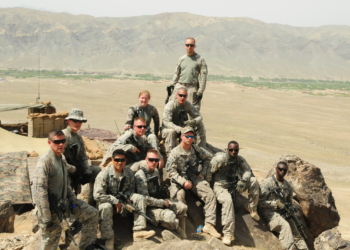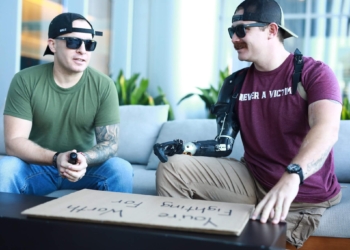When the USS Theodore Roosevelt (CVN-71) returned to sea in late-May following a two-month long battle against the novel coronavirus, the aircraft carrier was ground zero for a new normal for Navy ships at sea.
In the early months of the global pandemic, the Roosevelt had become itself a COVID-19 “hotspot.” The virus ultimately cost one Roosevelt crewmember his life and infected 1,150 sailors. As the ship resumed its mission with a scaled-back crew, facemasks, frequent handwashing, enhanced cleaning measures, reduced mess deck seating, one-way corridors and other protocols to mitigate COVID-19 had become the norm within the fleet.
“We can protect our force, we can deploy our Navy, and we will do both,” Vice Adm. Phillip Sawyer, Deputy Chief of Naval Operations for Operations, Plans and Strategy, told reporters on an April 15 call. “Face-coverings, hand-washing, ship-disinfecting are now part of our daily routine throughout the Navy.”
Michael Rubin, resident scholar at the American Enterprise Institute, argues the pandemic has served as a wake-up call for the Navy.
“The Navy trains for all sorts of contingencies but if operating during a global pandemic was one, it was so far down the list as to be irrelevant,” Rubin said. “Politicians thought we were past this age and flag officers and civilian planners were no different.”
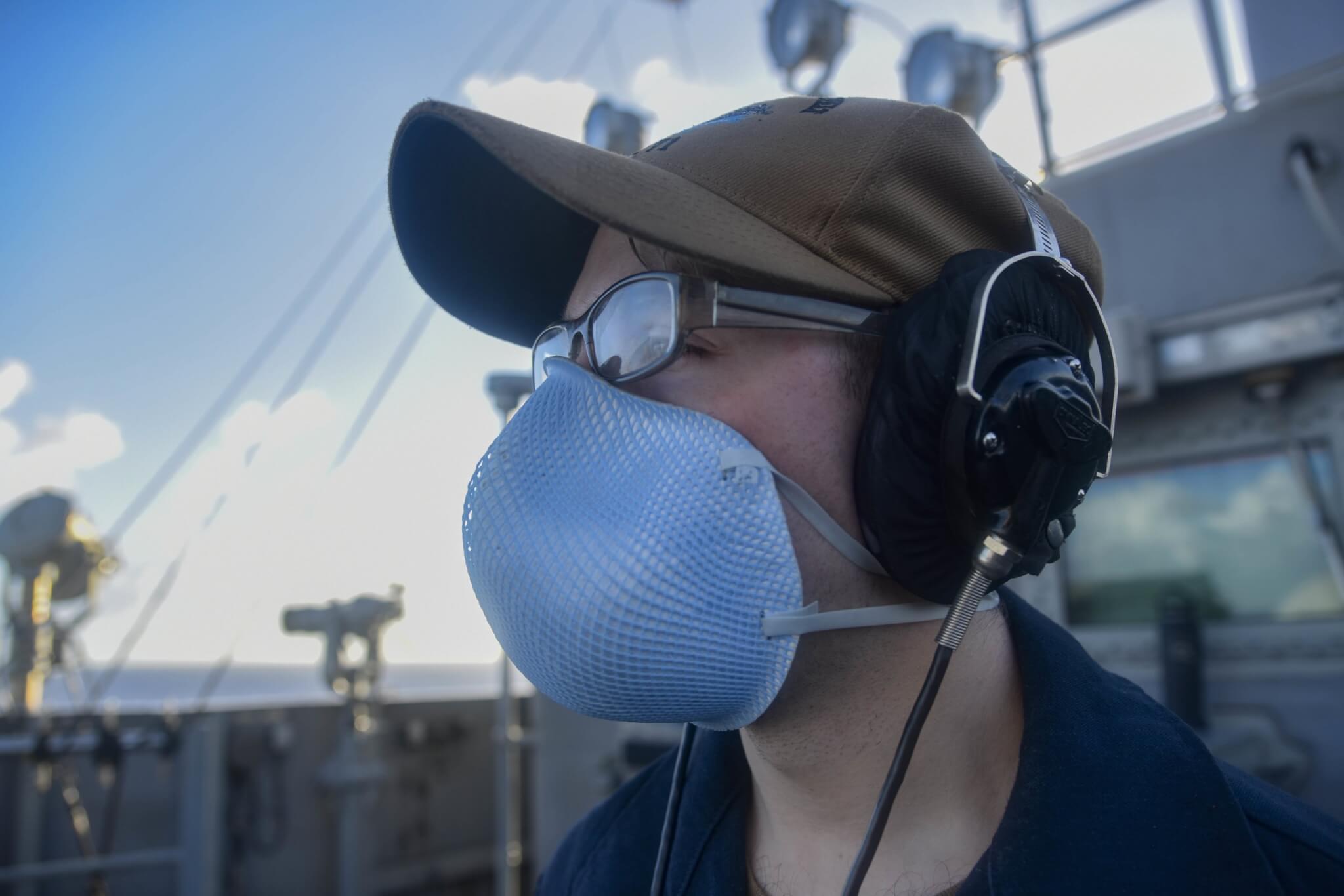
Less than a month after the first sailor aboard the Roosevelt tested positive for the coronavirus, the Navy issued updated guidance aimed at maintaining ongoing fleet operations and defeating “this unseen enemy.” The Navy’s “Pre-Deployment Guidance” and a “COVID-19 Recovery Framework” outline shipboard changes that will be experienced by sailors:
Pre-deployment:
- Mandatory medical screenings for existing medical conditions that place personnel at higher risk for COVID-19 complications.
- Daily personal screening questionnaires and temperature checks.
- Testing and isolation of anyone with flu-like symptoms.
- 14-to-21-day restriction of movement (ROM) period for potentially asymptomatic people to present symptoms.
- 14-day ROM period before external crew, ship riders (contractors, technical representatives) and direct support personnel can embark during an underway.
Deployment:
- Enforcement of personal hygiene practices and, whenever possible, physical distancing.
- Ongoing screening for potential COVID-19 symptoms.
- Maximum personal protective equipment (PPE) use.
- Separate and segregate cleaning teams from critical watchstanders.
- Restrict visitors.
- Minimize contact with delivery personnel.
Additional guidance outlines specific steps to be taken to clean a ship or facility following a COVID-19 outbreak, using three categories of requirements depending on the degree to which the space is operationally significant and the level of access required.
“These measures allow fleet leadership the ability to monitor the health of the force in a controlled and secure environment so they are ready to accomplish assigned missions and support to the goal of preventing the spread of the COVID virus to U.S. forces, allies, partners and the community. These frameworks cover testing for personnel as well,” Cmdr. Patrick L. Evans, Public Affairs Officer for Naval Surface Force, U.S. Pacific Fleet, said in an email response. He noted commanders have the authority to issue more specific guidance to units within their areas of responsibility.
“In addition, our ships are enforcing social distancing, minimizing group gatherings, wearing PPE and cleaning extensively,” he added. “Quarterdeck watchstanders are screening anyone who walks on board and referring sailors with symptoms to medical evaluation.”
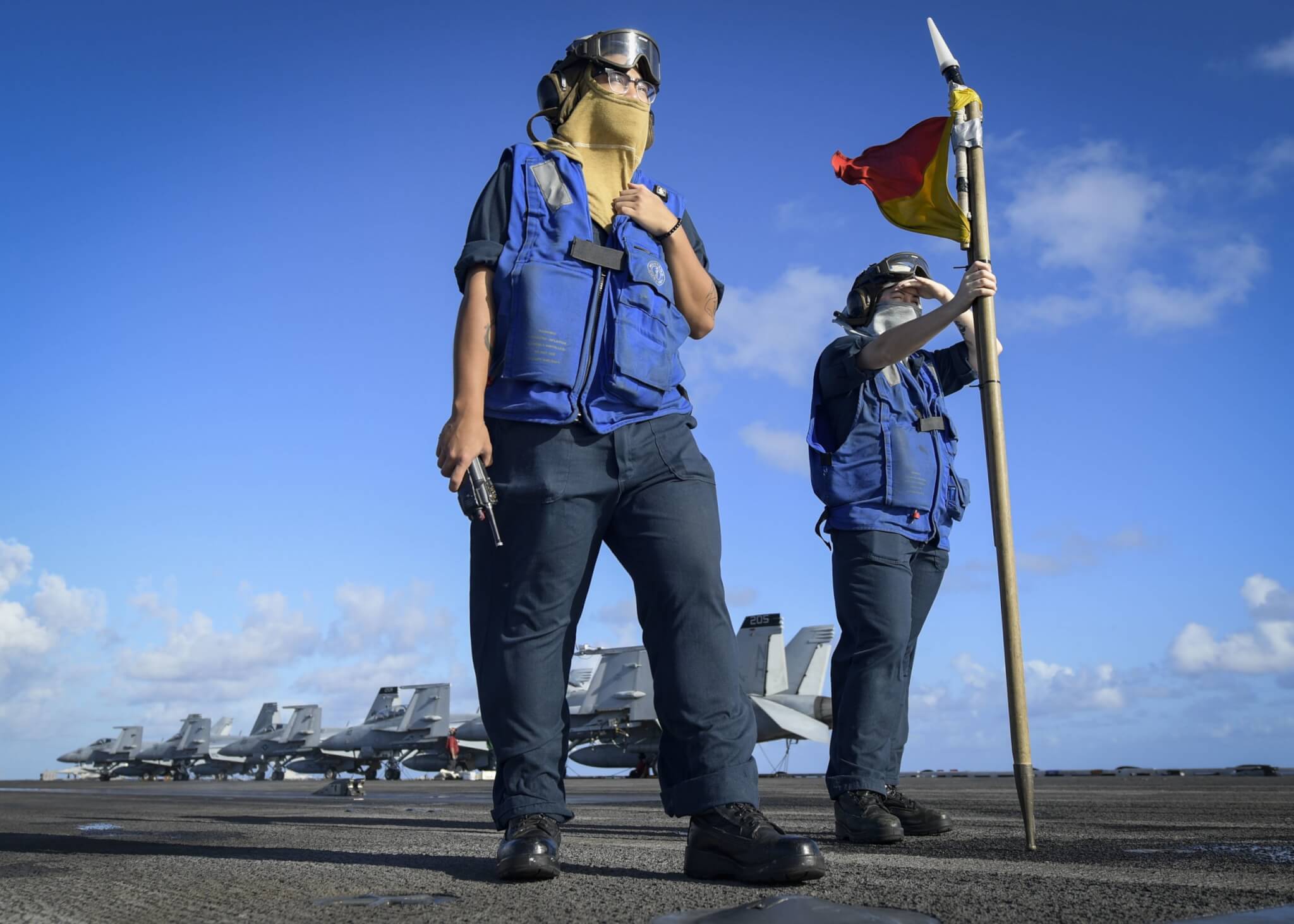
Navy officials have acknowledged “day-to-day actions must assume COVID is present” because asymptomatic personnel are likely to be aboard all ships. That point was driven home in mid-May when 14 Roosevelt sailors who previously contracted the virus tested positive a second time after returning to the ship following a mandatory quarantine period and two negative COVID-19 tests.
Retired Navy Capt. Albert Shimkus, a registered nurse and certified nurse anesthetist who previously commanded the hospital ship USNS Comfort, maintains sailors must take individual responsibility for following COVID-19 prevention protocols and “recognizing you could potentially be a carrier that could affect and infect your shipmates.”
As the Navy adjusts to the operational realities the pandemic presents, Shimkus, whose views are his own and do not represent the U.S. Naval War College, U.S. Navy or Department of Defense, stresses the Navy’s core values must ring true.
“Given the nature of what this crisis is ‘Honor, Courage and Commitment’ speak volumes about how we will treat ourselves and each other and about doing the ethically and morally correct thing,” said Shimkus, Associate Professor, National Security Affairs, Naval War College. “That’s all related to a command environment that is healthy and a command environment that is willing to do what’s right for the members of their command.”
Shimkus is confident Navy leaders at sea and ashore will rise to the challenge.
“Good leadership in the context of this crisis is being transparent to their crew and members of their organizations,” he explained. “Telling the truth and being able to be understood by your crew, opening up questions and answering them to the best of your ability is part of good leadership and commitment to doing the right thing.”
Read comments
















